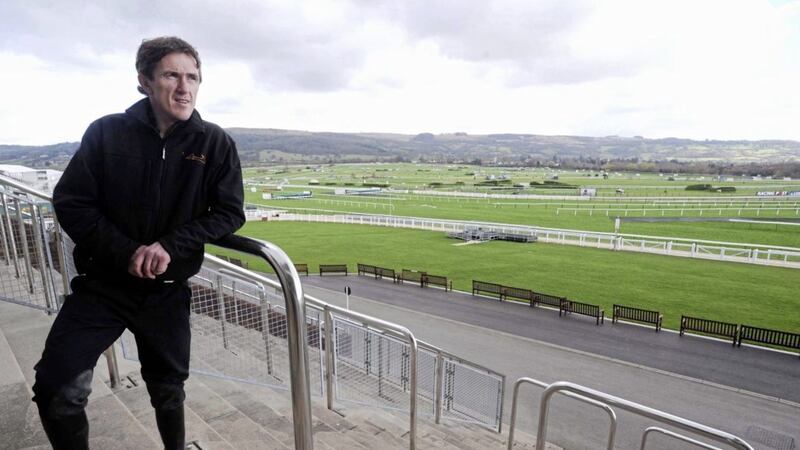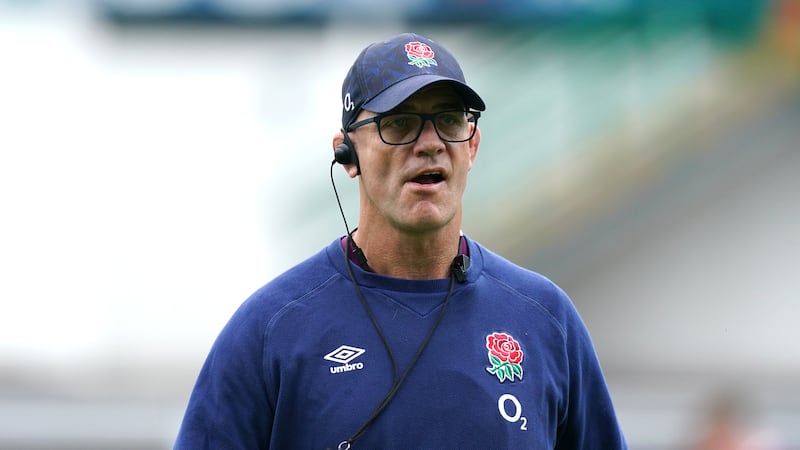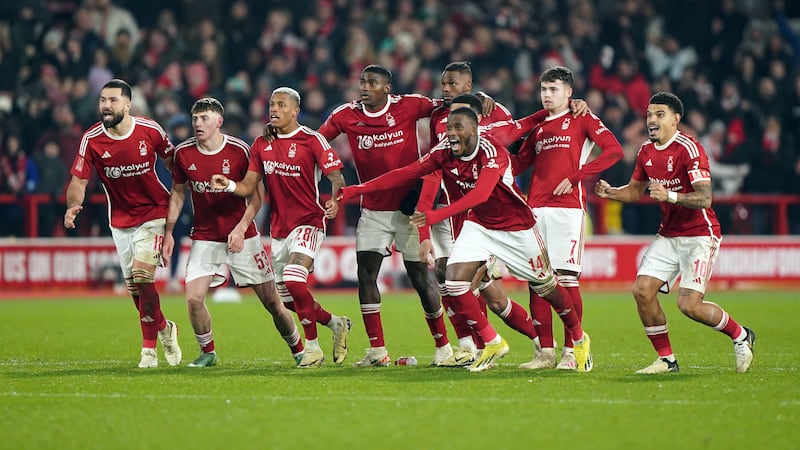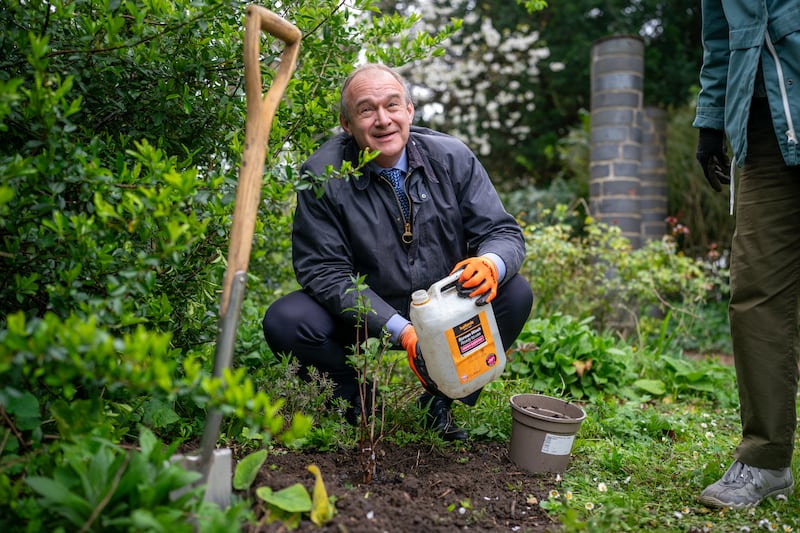Ten years have passed since the second day of the 2008 Cheltenham Festival infamously had to be postponed due to high winds.
The remaining two days of that week, featuring bumper 10- and nine-race cards, were, for many, great fun and those in attendance had a thoroughly enjoyable time.
But behind the scenes, officials had to work like whirling dervishes to make sure everything ran smoothly, with former managing director Edward Gillespie steering the ship.
"If you hang around somewhere for 32 years you are going to have a few ups and downs, but what happened that year probably gave me the most pride, if you like, in the organisational skills of our team," said Gillespie.
"To overcome adversity with a sort of calmness and a bit of panache. No one got hurt, everybody was inconvenienced, but, in a strange way, seemed to enjoy it.
"It was an unprecedented challenge, but everyone was up for it. People now have happy memories of something which was so inconvenient - it's like being delayed for a flight for 24 hours - and it was such fun."
High winds had been predicted for some time but Tuesday's meeting passed without incident, only for the gales to return with a vengeance Wednesday morning.
Gillespie, who stepped down from his role at the course in 2012 and was awarded an OBE later that year, recalled: "One thing that has always pleased me is that nobody said before or since that we could have raced on the day.
"I even went out at 3pm and the wind was still howling, so it was 100 per cent the correct decision.
"The big danger when you make a decision based on the weather is that it clears up five minutes later, but the forecast was correct.
"Because of that we were able to put plans in place. Then on the day people only had to go outside their front door to know how bad it was.
"One of the crucial factors was the direction of the wind - it was blowing everything towards the course. We'd had a major incident Sunday night-Monday morning when we'd already had an emergency planning meeting. I went to the tented village in the dark and I couldn't understand what I was looking at.
"It turned out to be a two-tier structure which had been tossed on to another pavilion. We had to close the site on Monday and start putting in place how we would race the following day, which included relocating 500 people who thought they were eating in a tented village into a marquee which we already thought was full to capacity, but we somehow managed it.
"We raced on Tuesday, but we knew we had a problem coming back. It was exactly as the forecast said, there would be a lull before it came back. My one regret is that the storm didn't have a name like they do today!
"The challenge was to run every race. People expected us to drop races, for example the National Hunt Chase, but we couldn't drop that - it's what the meeting is named after.
"I don't think people expected us to be so organised on the Thursday. For instance, the racecard had the correct 10 races in. You would never have known what had happened the previous day."
Some of the changes were so popular they even stayed in place the following year.
Gillespie explained: "I know we opened the card with the National Hunt Chase, which we hadn't previously, but it worked so well we stuck with it.
"Another thing which changed for the better was the following year we started racing at 1.30pm rather than 2pm as we found out people just wanted to get on with it.
"All people talked about at the end of the week was how much fun they'd had. The sense of achievement afterwards was immense."








